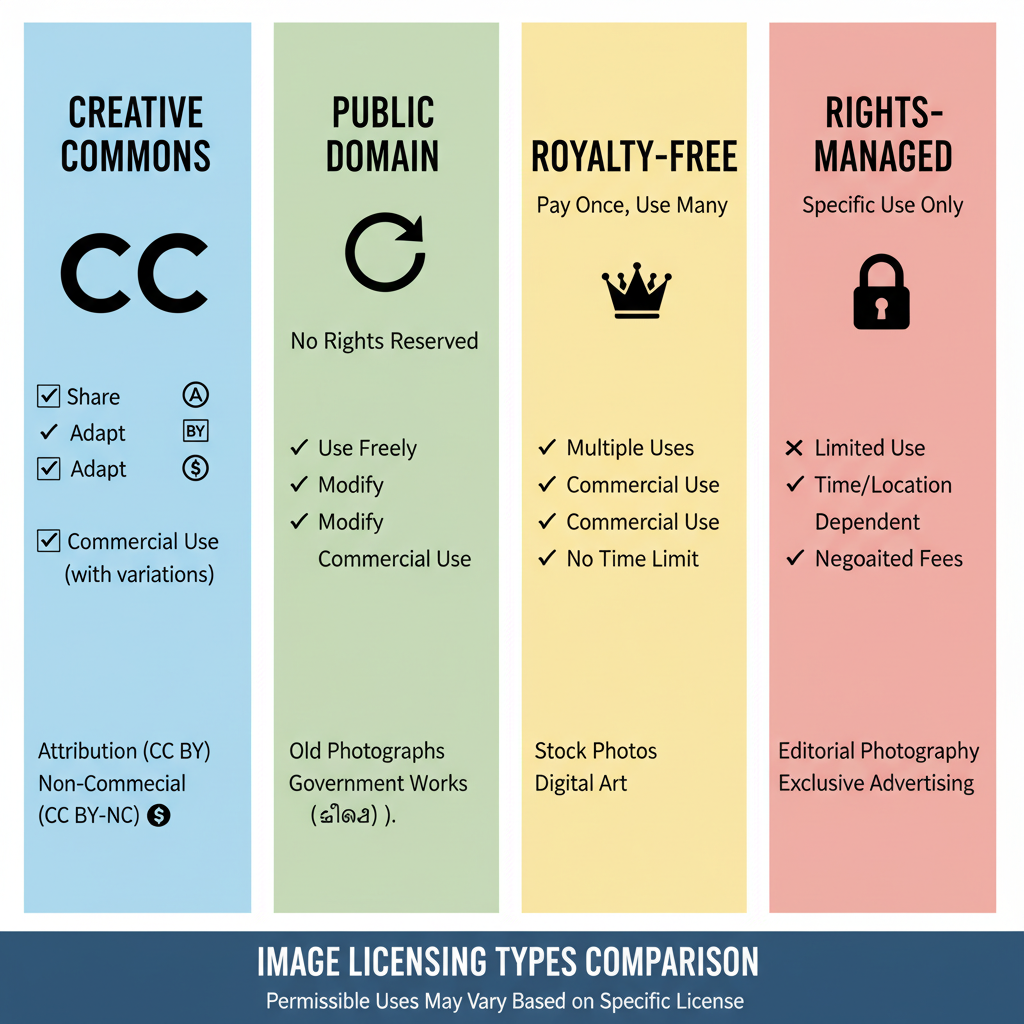How to Use Layers in Instagram Story for Creative Design
Learn how to use layers in Instagram Stories with text, stickers, images, and effects to create engaging, polished designs that capture attention.

How to Use Layers in Instagram Story for Creative Design
Instagram Stories have become a dynamic space for visual storytelling, enabling creators to combine images, text, and interactive elements in engaging ways. One of the most effective techniques for making your content stand out is layering in Instagram Story — arranging visual components on different planes to add depth and style. This article walks you through how to use layers in Instagram Story, from basic concepts to creative tips, helping you capture attention and drive engagement.

---
Understanding Instagram Story Layers
In Instagram’s editing tools, "layers" refer to the various objects you place in your Story — each on a separate plane, moveable and editable independently.
Layers can include:
- Text captions
- Stickers and GIFs from Giphy
- Photos or videos (either full-background or overlays)
- Drawings and shapes created with Story pen tools
- Music visuals and interactive features (polls, questions, sliders)
Think of it like building a digital collage: higher layers visually obscure lower ones and can be arranged strategically to guide viewer focus.
---
Step-by-Step: Adding Multiple Elements
- Start with your base content
- Capture or import a background image or video.
- Add text layers
- Tap the text icon (Aa), type your message, and customize font and colors. Each text box acts as its own layer.
- Insert stickers or GIFs
- Tap the sticker icon, select from Instagram’s library, and position them. Stickers remain independent layers.
- Overlay additional images
- Use the gallery sticker or paste method to add smaller photos over your background.
- Draw or annotate
- Use the pen tool to add doodles, highlights, or outlines over images or text.
Pro Tip: Each new element remains moveable and resizable until you confirm changes.
---

Managing Layer Order for Visual Hierarchy
While Instagram lacks a visible layer panel, you can influence order with:
- Sequence of additions — later items appear in front.
- Re-adding elements — delete and reinsert to change position.
- Drag repositioning — arrange elements to direct attention and achieve balanced composition.
Prioritize top layers for crucial messages and calls to action.
---
Transparency, Blending, and Color Overlays
Leverage simple blending tools in Instagram Stories to make your layers pop:
- Semi-transparent brushes with highlighter tips let lower layers show through.
- Text background colors improve legibility without hiding imagery completely.
- Photo filters can mute busy backgrounds so focal layers stand out.
Experiment with transparency to create depth and avoid flat designs.
---
Aligning Elements with Grid and Snap Features
Use Instagram’s subtle guides for cleaner layouts:
- Grid lines help ensure centered placement.
- Snap-to-edge positioning maintains consistent margins.
Attention to detail here makes your Story look polished and professional.
---
Creative Layering Ideas
Collages and Multi-Photo Layouts
Arrange multiple image stickers into a grid and frame with drawn borders.
Text Over Image Captions
Add concise, bold text directly over key visual areas for quick impact.
Artistic Drawings Over Photos
Enhance photos with hand-drawn illustrations interacting with your subjects.
| Idea | Layer Elements | Purpose |
|---|---|---|
| Travel Collage | Background photo, 3 image stickers, location tag | Highlight multiple spots in one post |
| Event Promo | Video clip, bold text banner, sticker countdown | Build anticipation |
| Product Highlight | Product photo, brush overlay, brand logo sticker | Create brand recall |
---

Masks and Cutouts for Enhanced Storytelling
You can simulate mask effects by:
- Using apps like Canva or Over to create transparent-background images before importing.
- Partially covering photos with stickers or shapes to focus attention.
- Combining overlays for peek-a-boo reveals.
---
Saving and Reusing Layer Templates
For brand consistency:
- Create templates externally in Adobe Express or Canva, then import.
- Screenshot your layout ideas to reuse later.
- Maintain stylistic consistency — fonts, color schemes, logo placement.
---
Common Layering Mistakes to Avoid
- Overcrowding — reduces clarity and impact.
- Weak contrast — text blending into background harms readability.
- Misalignment — ignoring grid cues feels sloppy.
- Style inconsistency — mismatched fonts and colors confuse audiences.
---
Examples from Influencers and Brands
Influencers and brands often combine:
- Quiz layers with text and stickers.
- GIF reactions overlaying live event visuals.
- Prominent branded hashtags in top layers.
Case Study: A clothing brand layered textured backgrounds, product shots, and bold text banners, boosting seasonal Story engagement rates significantly.
---
Best Practices for Mobile-Friendly Readability
Mobile optimization tips:
- Use large, concise text for easy reading.
- Keep vital layers in the center third of the screen.
- Avoid placing essential info under interactive elements.
- Preview Stories pre-posting to check positioning across devices.
---
Summary
Layering in Instagram Story is a versatile design method that can transform ordinary posts into immersive visual experiences. By mastering hierarchy, alignment, blending, and creative combinations, you can increase viewer retention and brand memorability. Start experimenting with layers today to see the difference in your content’s engagement.
Next step: Open Instagram and create a Story using at least three different layers — watch how much more vibrant and interactive your storytelling becomes.




